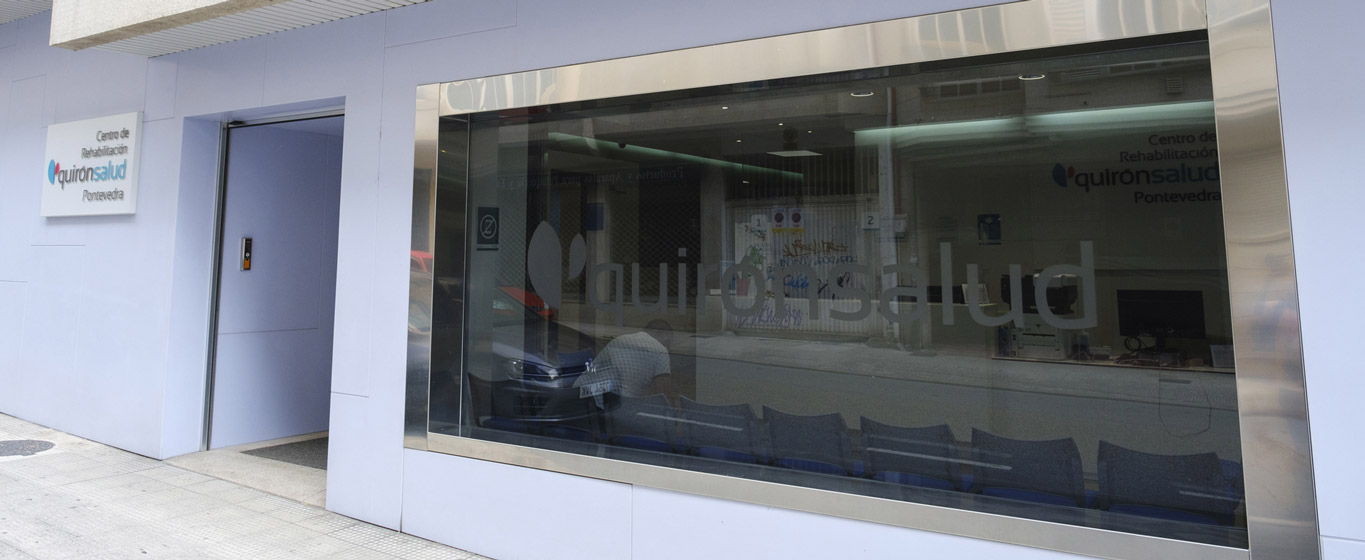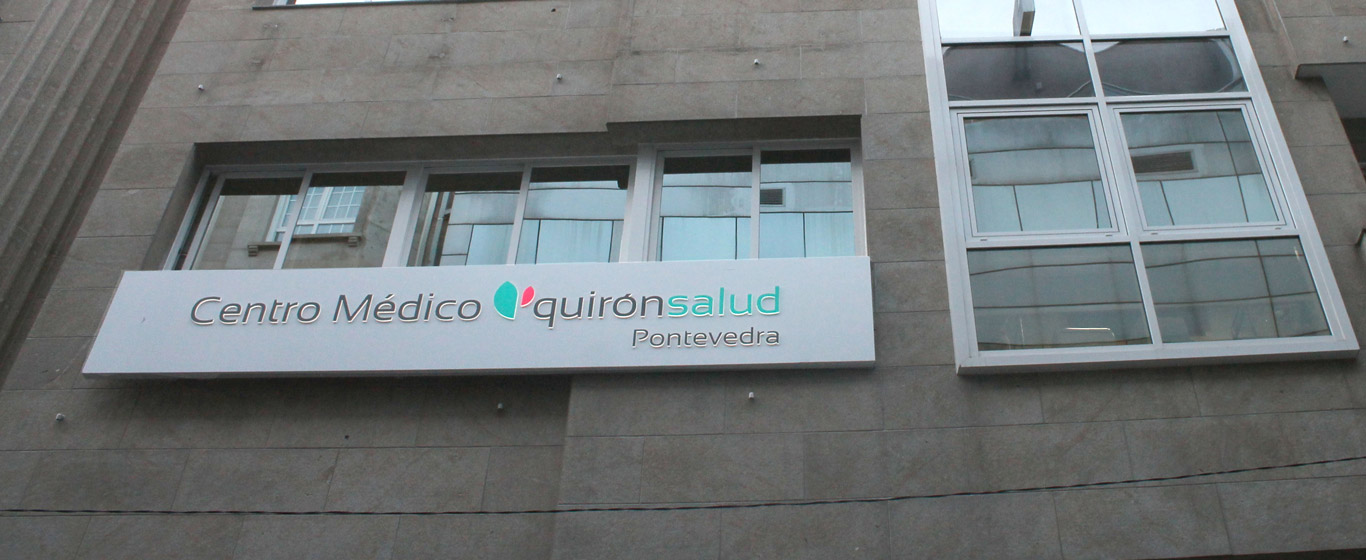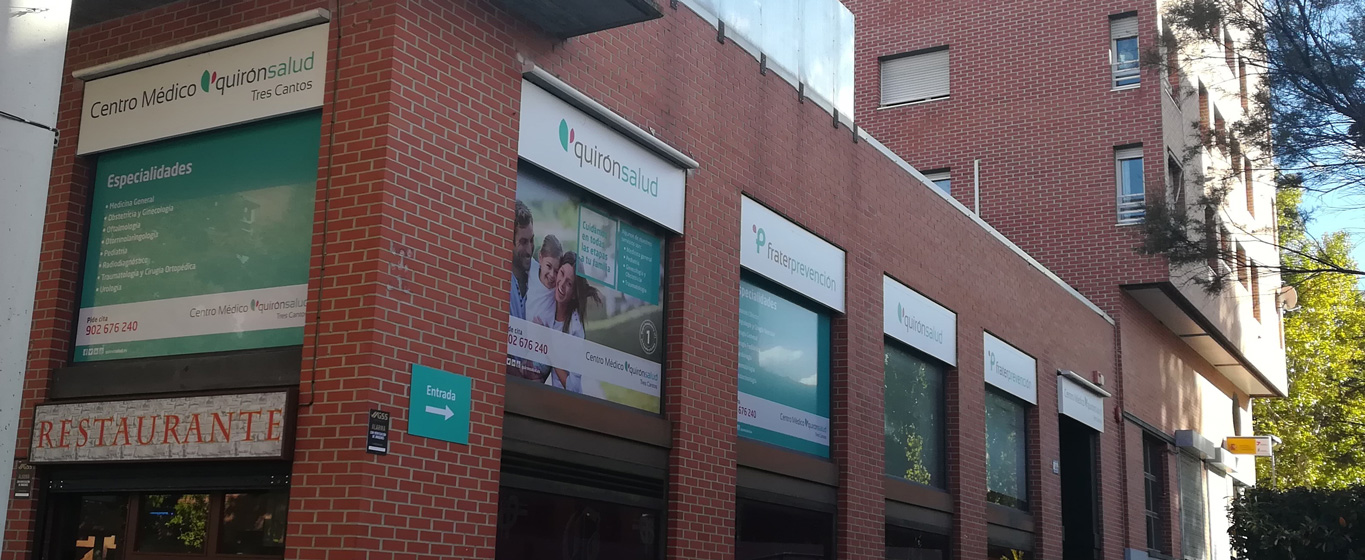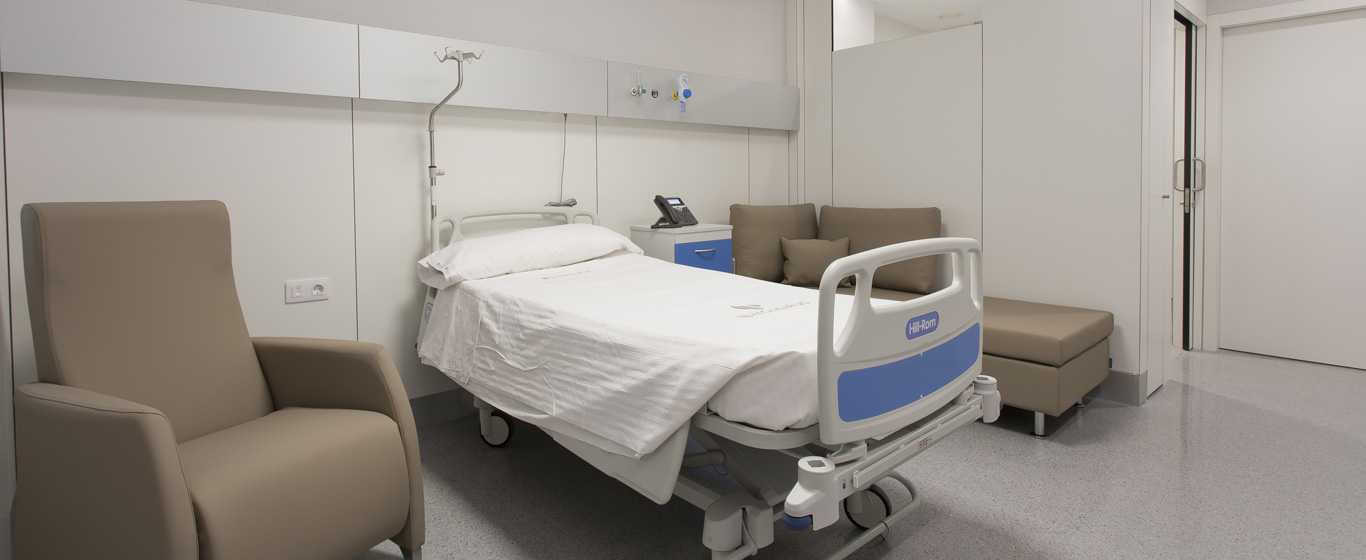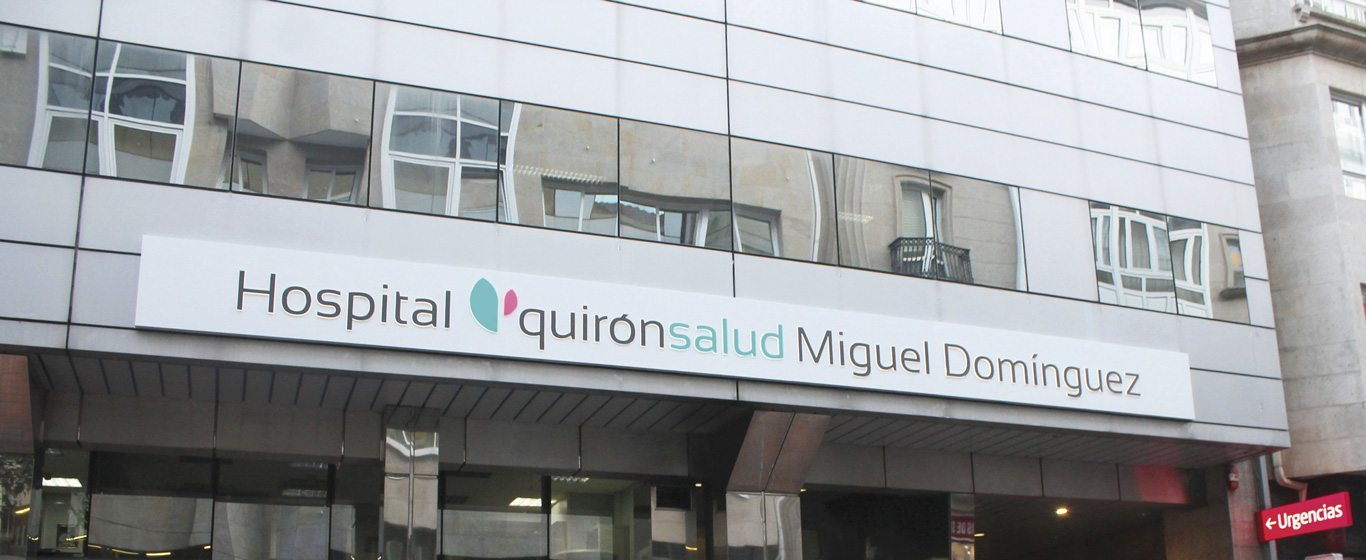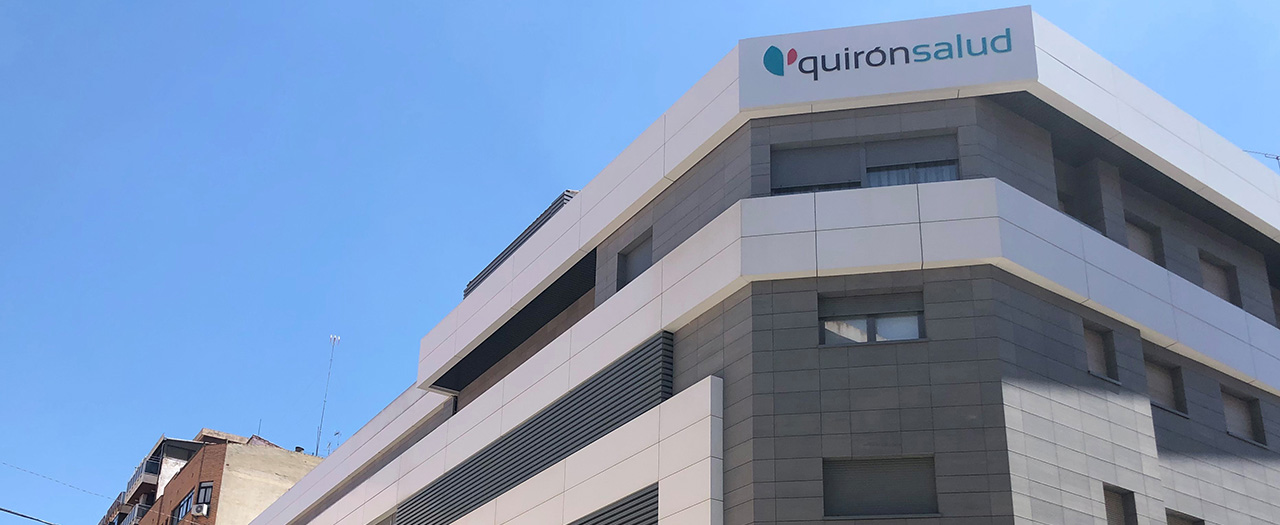Parasomnias
What is parasomnia? Information on the causes, symptoms, and treatments for this type of sleep disorder.
Symptoms and Causes
Parasomnias are disorders that cause abnormal behavior during sleep. These events can include movements, perceptions, or emotions that, although not harmful to health, affect sleep quality and prevent adequate rest.
Depending on the stage of sleep in which they occur, they are divided into three main groups:
- Parasomnias during REM sleep (Rapid Eye Movement): These occur during this deep sleep phase when the brain is very active, and under normal circumstances, the body does not move due to the blocking of motor neurons.
- Nightmares: Disturbing dreams that produce negative emotions, lingering in memory upon waking.
- REM Sleep Behavior Disorder (RBD): The muscles do not become paralyzed during this phase, so individuals physically act out their dreams (getting up, kicking, hitting).
- Sleep Paralysis: Occurs during wakefulness or transitions between sleep stages. Voluntary muscles and the brain temporarily disconnect, preventing speech and movement and may involve difficulty breathing, chest pressure, and hallucinations.
- Parasomnias during non-REM sleep: Occur during the resting stage.
- Confusional Arousal: Disorientation or lack of clarity upon waking, including difficulty remembering important things or recognizing people. It usually disappears upon fully waking.
- Night Terrors: Dreams that cause terror, sudden movements, and distress, but are not remembered upon waking.
- Sleepwalking: A state of semi-waking in which one may get out of bed or perform automatic tasks such as dressing or opening the front door.
- Hypnic Jerks: Shakes or spasms primarily affecting the limbs.
- Bruxism: Involuntary movements such as teeth grinding, chewing, or jaw clenching.
- Mixed Parasomnias: These can manifest at any point during sleep.
- Somniloquy: Talking in one’s sleep, either in unintelligible murmurs or coherent speech. Rarely, dialogues may occur with others, but they are not remembered upon waking.
- Exploding Head Syndrome: A sudden waking, accompanied by a headache and a loud sound seemingly coming from inside the body, causing a feeling of panic.
- Enuresis: Bedwetting while asleep, typically at night.
- Sleep-Related Hallucinations: These may be auditory, olfactory, sensory, or perceptual. Hypnagogic hallucinations occur during the wakeful state, while hypnopompic ones take place during the initial moments of waking.
Parasomnias are more common in children (childhood parasomnia), although they may continue to manifest in adulthood.
The goal of parasomnia treatments is primarily to help patients achieve restorative rest by improving sleep quality and preventing injuries that may occur during some episodes.
Symptoms
Each type of parasomnia manifests with different symptoms. Some of the most characteristic signs of sleep disturbances include:
- Getting up and walking around.
- Moving violently.
- Talking in one’s sleep.
- Grinding teeth.
- Clenching the jaw.
- Nightmares or night terrors.
- Inability to control the bladder.
- Being disoriented upon waking.
Causes
Parasomnias can be caused by a variety of factors, some of which are unknown. Studies suggest that they arise from a combination of psychological, organic, and behavioral aspects. Some of the most common causes include:
- Genetic predisposition.
- Stress.
- Anxiety.
- Sleep apnea.
- Certain medications.
- Alcohol consumption.
Risk Factors
Parasomnias can affect anyone and are relatively common in children. However, certain circumstances increase the likelihood of experiencing them:
- Family history.
- Psychological disorders, especially stress and anxiety.
- Alcoholism.
- Consumption of stimulating foods, such as coffee or sugar.
- Excessive screen exposure.
- Poor sleep hygiene (lack of a set schedule or a dedicated sleep environment).
Complications
Parasomnias are not a health risk. However, they can lead to complications such as injuries from walking around, daytime sleepiness, or social isolation.
Prevention
Although in most cases parasomnias cannot be prevented, some types can be avoided by following certain routines, such as:
- Establishing a regular sleep schedule.
- Reducing electronic device use, especially two hours before bedtime.
- Avoiding alcohol.
- Reducing stimulating foods.
- Managing stress and anxiety.
What Doctor Treats Parasomnias?
Specialists in the sleep unit, neurophysiologists, neurologists, psychologists, and psychiatrists are involved in the diagnosis and treatment of parasomnias.
Diagnosis
Parasomnias are diagnosed by analyzing the histories provided by the patients and their companions. To further assess them, a sleep study is commonly performed, recording brain activity while sleeping. This helps determine the phase in which the parasomnia occurs and rule out other underlying conditions.
Treatment
Parasomnias require different approaches depending on their type and severity. Generally, lifestyle changes are recommended, and when necessary, specific treatments are applied:
- Establishing a proper sleep routine.
- Creating a calm and safe sleep environment.
- Psychotherapy.
- Meditation.
- Physical exercise.
- Cognitive-behavioral therapy.
- Pharmacological treatment: Antidepressants or benzodiazepines, particularly for REM sleep behavior disorder.





